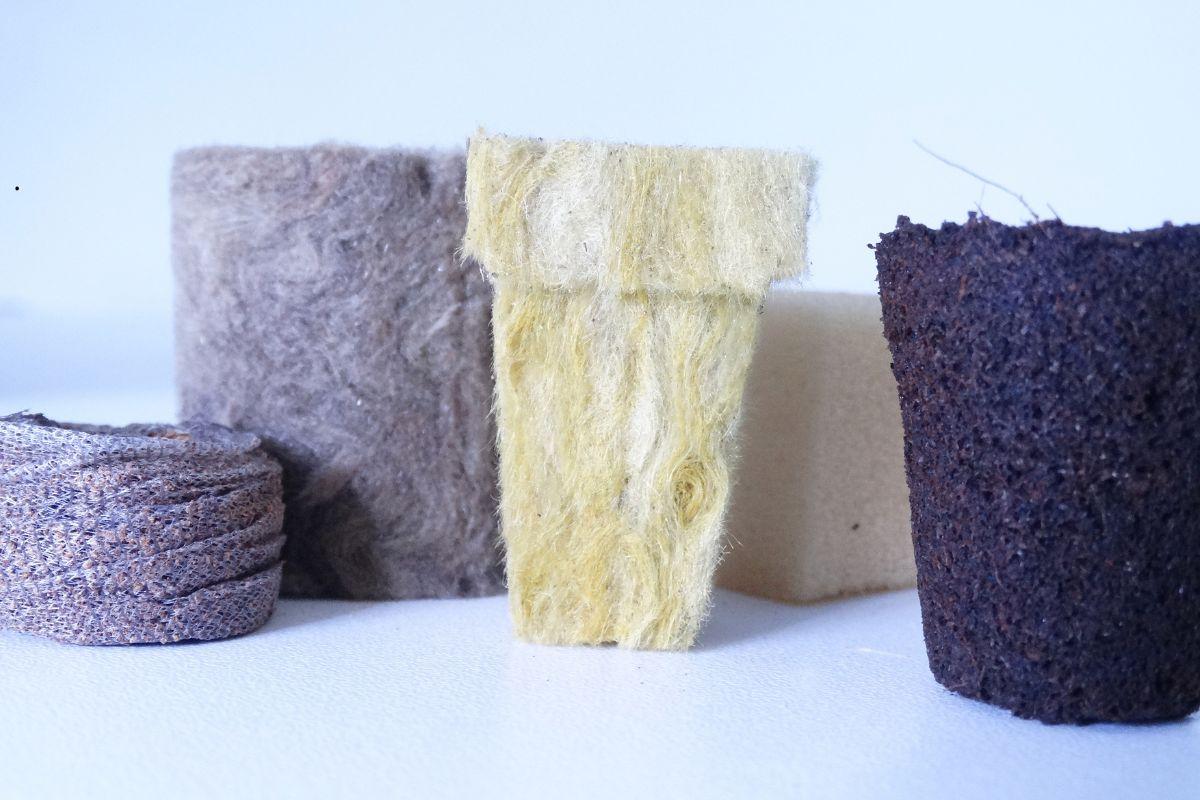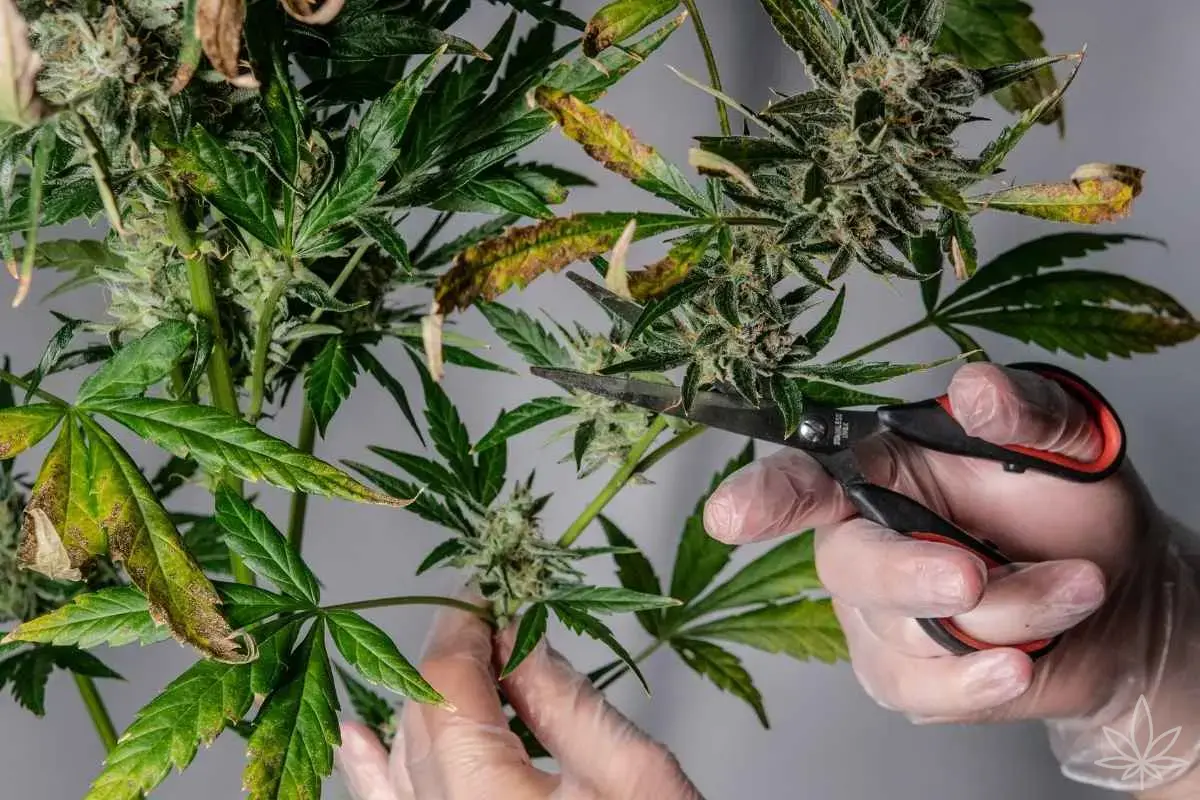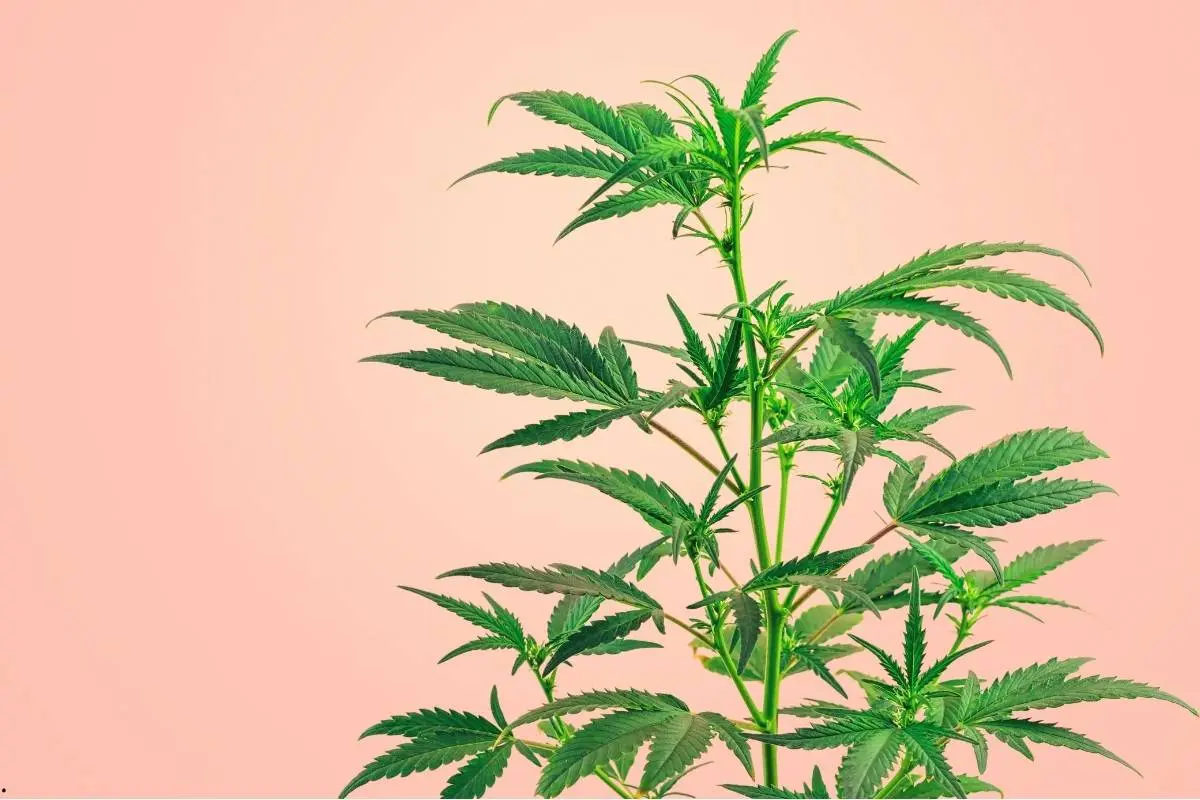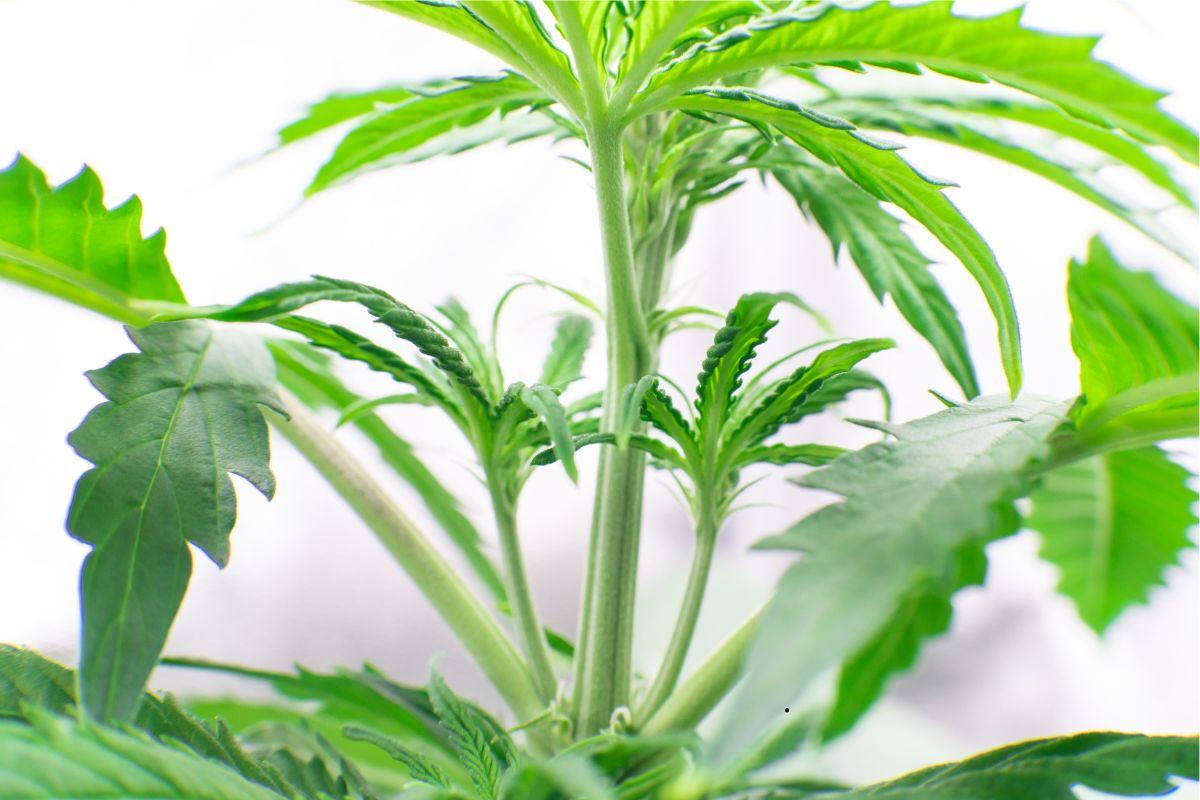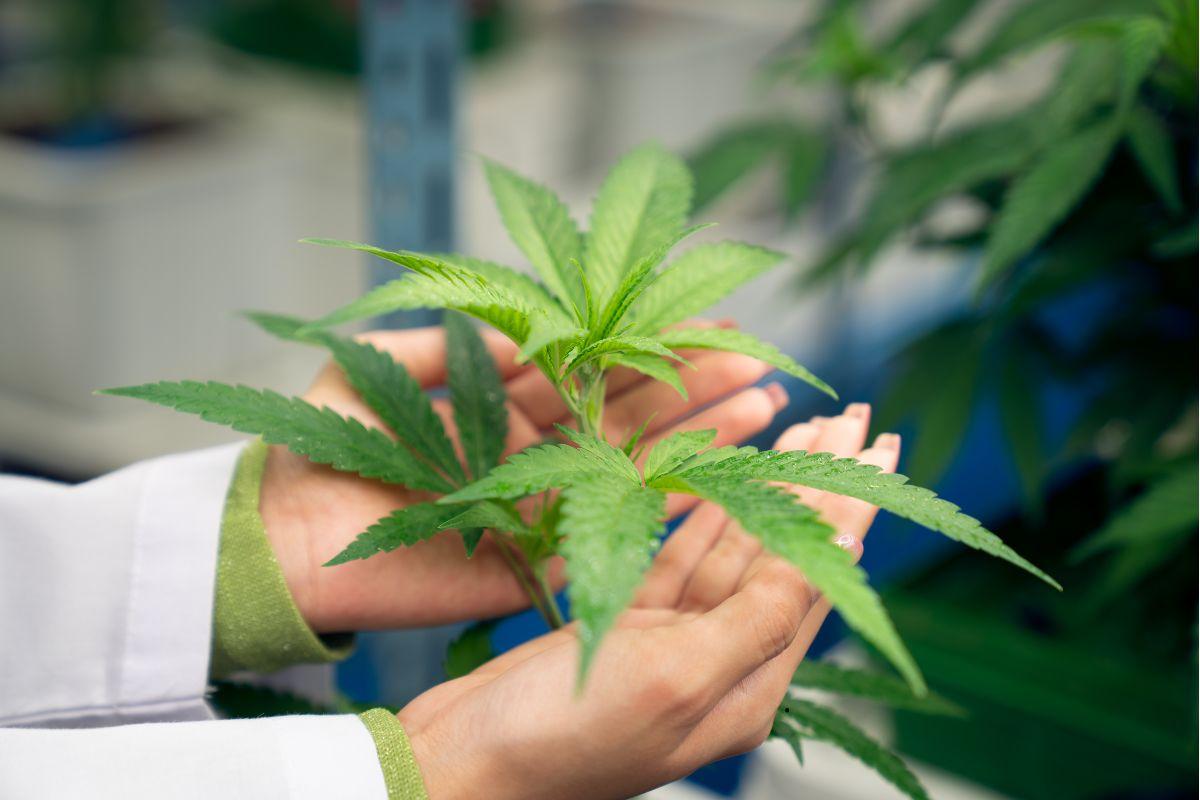Effective rooting of cannabis clones is the foundation for success in any indoor cannabis cultivation. Choosing the right medium impacts not only the speed and efficiency of root formation but also the plant’s future health and overall yields. A suitable medium must provide an optimal balance between moisture retention, air circulation, and protection from pathogens. Below, you'll find a comprehensive guide to the best media for rooting cannabis clones, along with practical tips and an overview of their advantages and disadvantages.
What is cloning, and why is choosing the right medium crucial?
Cloning (rooting cuttings) involves taking a fragment from a healthy mother plant to create a genetically identical new plant. This is the most reliable method for preserving a favored phenotype, ensuring uniform growth, and guaranteeing predictable flower quality. The crucial moment in this process is the formation of strong, healthy roots. An unsuitable medium may cause clones to rot, dry out, or fail to root at all.
Overview of the most popular cannabis cloning media
1. Peat Pellets (e.g., Jiffy)
Highly popular, especially among beginners and hobbyists. Made from compressed natural peat, they expand when soaked. Their main advantages are sterility and optimal air and moisture permeability, significantly minimizing the risk of root rot.
To root a clone, simply soak the peat pellet in neutral pH water and carefully insert the prepared cutting. Keep the peat slightly moist, never overly wet.
Advantages:
- Easy to use and eco-friendly,
- Excellent water retention,
- Good aeration and soft structure for young roots,
- Facilitates transplanting without damaging roots.
Disadvantages:
- Risk of mold with excess moisture,
- Slightly acidic pH, may require adjustment.
2. Rockwool Cubes
Rockwool is widely used in hydroponics and is ideal for cannabis cloning. It provides excellent water retention and air circulation at the root level.
Before use, soak the Rockwool cubes for several hours in water with a pH of around 5.5 to neutralize their alkaline nature. Then insert the cutting. Roots typically appear within 7–14 days.
Advantages:
- Sterile conditions minimize diseases,
- Excellent moisture retention and aeration,
- Easy to control moisture and pH levels.
Disadvantages:
- Requires pre-soaking and pH adjustment (5.5–6.0),
- Non-biodegradable,
- Fibers can irritate skin (gloves recommended).
3. Coconut Fiber (Coco Coir) and Coco Cubes
Coconut fiber is another excellent option for rooting cannabis clones. It provides good aeration and moisture retention, ideal for young roots. Additionally, coco coir is naturally resistant to mold and pests.
Before use, ensure the coco substrate pH is around 5.8–6.2. Light fertilization is recommended from day one, as coconut fiber doesn't naturally contain nutrients.
Advantages:
- Excellent moisture retention and aeration,
- Naturally sterile, resistant to mold,
- Reusable and compostable.
Disadvantages:
- Initially slower rooting compared to Rockwool,
- Requires regular supplementation with calcium and magnesium.
4. Rooting Sponges and Soilless Systems (Root Riot, Fleximix, AeroCloner)
Rooting sponges, such as Root Riot, are made from organic fibers specifically designed for cannabis. In aeroponic and hydroponic systems, cuttings are typically placed directly into a fine mist environment.
Advantages:
- Excellent root-to-medium contact,
- Rapid initial root formation,
- Minimal infection risk,
- Easy transplanting without stress.
Disadvantages:
- Usually more expensive,
- Risk of mold if humidity is too high,
- Aero/hydro systems require specialized equipment, constant monitoring, and experience.
5. Perlite and Other Lightweight Media
Perlite and vermiculite are two different yet complementary substrates. Perlite is lightweight and porous, excellent for aeration, while vermiculite retains water and nutrients effectively. A 50/50 mix is ideal.
However, this mix lacks nutrients and requires light fertilization soon after rooting.
Advantages:
- Enhances aeration, reduces root rot risk,
- Lightweight and safe for young roots.
Disadvantages:
- Low nutrient content; requires external fertilization.
6. Organic Garden Soil
Although regular garden soil is not the most common choice for rooting clones, a well-prepared, lightweight mix can yield excellent results. It should be airy, lightweight, pathogen-free, and ideally mixed with perlite.
Maintain moderate moisture, as excess water increases the risk of root rot.
Substrates recommended by experienced growers:
- Rockwool cubes (hydroponics),
- Peat pellets (soil and lightweight mixes),
- Root Riot sponges (soilless systems),
- Coco fiber substrate (eco-friendly alternative).
There's no single perfect medium—success also depends on temperature, humidity, cleanliness, and use of rooting stimulants.
Practical tips for successful cannabis clone rooting
- Always work sterile (disinfect tools),
- Properly prepare substrate (soaking, pH check, remove excess water),
- Ideal conditions: temperature 22–25°C, humidity 80–95%, indirect light, gentle ventilation,
- Avoid excessive watering (main cause of rot),
- Rooting stimulants (hormonal gels, root boosters) greatly accelerate rooting.
Conclusion
Choosing the right rooting medium for cannabis clones significantly impacts the future health of your cultivation. Peat pellets, Rockwool cubes, coco fiber, or modern rooting sponges each offer distinct advantages. Cleanliness, moisture control, and patience are key. Healthy roots ensure robust plants, disease-free cultivation, and optimal harvests.

